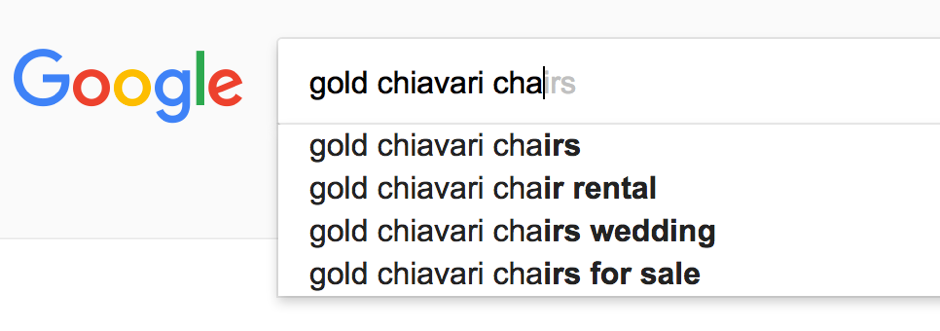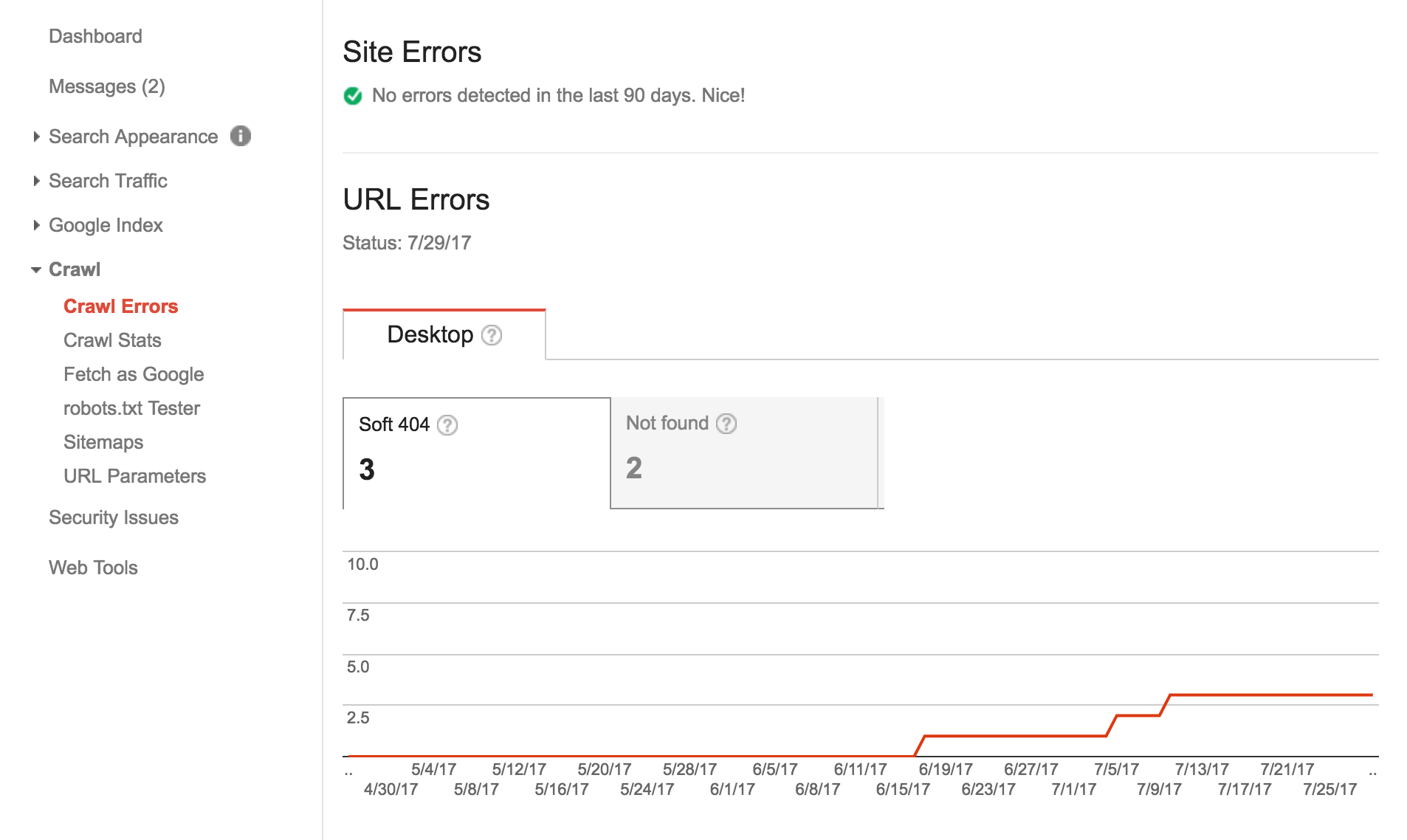Did you know? Nearly 8 out of 10 Americans are now shopping online.
About 79% of U.S. consumers find what they want and order them via the Internet.
With these staggering statistics on how modern technology has now affected shoppers’ behavior, it’s not surprising to see that more and more people want to launch an online business.
You might be someone who wants to start selling on the Internet. Or perhaps, you already have a store but are looking for ways to increase its visibility and popularity.
One of the most effective ways to do that? Optimize your online store for the search engines.
Let’s explore the different methods on how you can up your rankings for search engines like Google, Bing, and Yahoo.
Part I: Optimize High-Impact Pages
The high-impact pages are the most visited pages on your website. They are the ones that attract more visitors and stimulate more engagement from your users.
In most cases, these high-impact pages include homepage, product pages, category pages, blog posts and trending pages, therefore you need to use the best SEO practices to make them profitable. Here are some tips for you:
Tip #1: Determine your target keywords. You need to know the most common words (or keywords) that your target audience are using. From there, insert those keywords on your high-impact pages and of course, your meta data. Include textual information that is helpful, descriptive and relevant.
When selecting keywords, you need to consider its search volume, relevance, location-based popularity, and ranking difficulty. So how can you find the best keywords for you?
- Use keyword tools. Use Keyword tools to find out which keywords you should use on your high-impact pages. If you are on a budget, you can opt to use free tools such as Google’s Keyword Planner. If you’d like to save time and generate more effective keywords, you can go for paid SEO tools like SEMrush.
- Refine your keyword list. Targeting all keywords will be a waste of time. Generate traffic faster by starting with low competition keywords. The faster you generate traffic, the faster your website becomes established and improve your chances of getting high search rankings.
- Stalk your competitors’ strategy. In most cases, your competitors have already made a significant stride in their SEO campaigns. Check out their website and study how they use keywords, then focus on how they present their overall brand. Take note of their popular products and homepage. By doing so, you get an idea which keywords are most profitable.
Tip #2: Use long-tail keywords. In the simplest sense, long-tail keywords generally include at least three words. Most searchers don’t just use a single word when looking for something. Long-tail keywords are more specific, and they play a significant role in search engine configuration. Here’s an example:

See how specific are those keywords in the auto complete search bar? That’s what you want to do. Be as specific as possible such as inserting color(s), size or type of your product.
Remember, people who use long-tail keywords have a higher conversion rate because they know exactly what they are looking for.
Also, there is a lesser competition in targeting long-tail keywords since they aim for niche demographics rather than mass audiences, so they have a better chance of allowing you to rank higher for popular topics.
Once you figure out the keywords you need to use, do the following:
Tip #3: Write unique & compelling metadata for each page. Keep your meta title under 60 characters while 160 characters for your meta description.
Tip #4: Use ALT tags on your images. Insert keywords and descriptive ALT tags.
Tip #5: Use search-engine friendly URLs. Use URLs that are readable by both humans and search engines. Make sure that your URLs are simple, and straightforward. Avoid strange symbols, numbers, and character combinations that don’t make sense.
Tip #6: Optimize Your Homepage. Structure your navigation bar. Add visuals (set descriptive ALT tags) of your main products/services that are inviting with textual information. Add links to your most popular products/services. Add a great tagline with your main keywords. If you’re local, be sure to put your location. Here’s a good example (see how it has the “Toronto” keyword):

Tip #7: Optimize product pages
- Create unique product descriptions. Exert the effort to write an in-depth content of up to 1,000 words for each product. You can include the size, features, colors, customer’s F.A.Q. and reviews. Check out some products on Amazon for ideas!
- Incorporate customer reviews: Reviews naturally generate keywords for your content (including long-tail keywords). Every review keeps your content fresh and updated. The reviews also help with increasing the amount of words per page. Remember, search engines love active & thick content. Also, reviews can make your users spend more time on your page which can decrease your site’s bounce rate.
- Keep out-of-stock product pages live. You don’t want to frustrate users with a 404 page, and search engines can consider those as broken links. Just leave page as is and specify its status. You can use that page to introduce other related products. PRO TIP: Adding “email me when back in stock” message is the best approach.
- Set up rich snippets. Increase your CTR with rich snippets. Include relevant information such as stock data, reviews, ratings, the name of sellers, the condition of products, and others. Here’s an example:

Tip #7: Optimize Categories & Tag Pages
- Link to related categories. Sometimes, your products share a common theme. In this case, it’s best that you do cross-linking. For example, if you have products for helmets, try to add a link for gloves or boots. These items fall under personal protective equipment.
- Top products. Highlight your top products and most viewed items in each category & tag pages.
Part II: Use Strategic Internal Linking
Internal linking is an important way to lead your customers from one page to another. The more link juice that a page receives, the better for SEO.
Tip #8: Link to high priority pages. Link your main categories or products/services in your navigation bar and/or your footer. For example, if you have a blog post that has generated a lot of visitors, make sure you add links on that page that leads to your best products or category pages.
Tip #9: Use breadcrumbs. In the SEO perspective, breadcrumbs help robots and spiders to find their way back to your homepage. For humans, it helps them track where they are on your website and gives them a sense of direction when navigating from one page to another. The breadcrumbs shows a string of webpages, from your homepage to the current page you are currently viewing. They’re normally found on top of a website’s page.
Tip #10: Link to related products. Add a section that recommends related products to your customers. Not only it helps generate backlinks, it can also boost your sales.
PRO TIP: Limit the number of links you add per page, you don’t want to look like a “link farm” website to the search engines. Here’s a useful video for you.
Part III: Improve Usability
Remember, you build your website for your customers and not the other way around. It’s always customers first. So make your website as user-friendly as possible. You don’t want your customers to leave your website the minute they land on your page.
Tip #11: Organize your website’s structure. Your customers should be able to go from one page to another with ease.
- Your site’s navigation must be easy to understand, scan & follow. Use your target audience’s language.
- Place your search bar somewhere visible. Enable predictive searches and incorporate product typographic errors on your search bar.
- Make your checkout process as quick as possible. The lesser steps, the better.
- Use a live chat widget. It doesn’t just reduce your site’s bounce rate, but it gives you the opportunity to sell to them first-hand.
- Lastly, place your contact details somewhere visible (usually at the header) so customers can easily reach you.
Here’s a good example:

Tip #12: Improve page load speed. Generally, people don’t like waiting. Your website should load fast. Even Google considers speed when ranking websites. Here are some tips:
- Decrease your files’ data size. Compressing videos, photos, and other content.
- Upgrade your hosting. If you have the budget, purchase web hosting plans that provide faster loading speed.
- Invest in a CDN. Content Delivery Network, or simply CDN, improves loading speed and increase web security.
For more site speed optimization techniques, read this article here.
Tip #13: Optimize for Mobile Users. The stats vary, but according to surveys, about 70-90 percent of consumers do their shopping through their mobile devices.
The majority now uses their smartphones and tablets to access the Internet. This goes on to say that it’s important to have a responsive website – a website that can accommodate different screen size.
So it’s important that you make your website mobile friendly. It means that they can still shop through your website without difficulty.
PART IV: Prioritize Blogging
Blogging is a vital part of your eCommerce success. It helps you keep your website’s fresh, decreases bounce rate, generate backlinks, improve brand image, enhance niche authority, and improve overall business growth.
Consider these statistics about blogging:
- Blogging is steadily on the rise and will continue in the future
- 23% of internet usage time is spent on reading blogs
- 77% of internet users read blogs
- Companies that regularly blog have 97% more inbound links
- 61% of US consumers have made a purchase based on the blogs they read
- 60% of blog readers consider a company with blogs more reliable and trustworthy
- And the list of positive things just goes on and on for blogging…
Here are some tips on how to be effective in your blogging effort:
- Post high-quality content consistently. You can create an interview posts, how-to posts, idea posts, interesting facts, list posts (such as 10 best ____, 10 top), and posts that are related to trending topics.
- Invite influential people in your niche to guest post for you.
- Be original, engaging, useful, relevant, and informative.
- Allow comments for engagement. It also improve's your content’s length.
- Create catchy but SEO-friendly titles.
- Improve the readability of your content with the use of visuals, subtitles and bullets.
- Add social sharing buttons. Make it easier for your readers to spread your content.
- Sprinkle some relevant keywords & use your target audience’s language.
- And of course, PROMOTE. Actively promote your content everywhere. There are so many ways to promote your blog posts. But here's a useful guide for you.
Tip #15: Guest blog on other websites. Generate more exposure and outbound links with guest blogging. Be sure to guest post for established blogs within your niche.
Part V: Run a Technical SEO Audit Regularly
Performing an SEO audit regularly is a key to maintaining your strong online presence. The frequency of doing SEO auditing may vary from one website to another, but it should be done at least once every six months. Some of my favorite tools are Pingdom & SEMrush.
There are different reasons you need to do SEO auditing. For one, search engines are constantly updating their algorithms. SEO auditing is also a great way for you to identify outdated content and fix the problem accordingly.
Lastly, it keeps your website relevant, clean, and up-to-date.
Tip #16: Avoid duplicate content
Duplicate content can hurt your SEO rankings. However, duplicate content happens unintentionally sometimes. For example, URL variations, session IDs, similar product description made by other bloggers, and protocol identifiers can lead to duplicate content.
That’s why SEO auditing is very important to deal with this issue.
So how can you fix duplicate content issues? Here are some of them:
- 301 redirect – redirect duplicate content to the original content with 301 redirect method.
- Rel="canonical" – using the rel-canonical attribute tells search engines to treat a web page as a copy of a specified URL. This also allows search engines to transfer all content metrics and ranking power of the specified duplicate content to the original page.
- Specify domain and parameters – use the Google Search Console to select which domain of your site you prefer.
- Meta Robots Noindex – add this meta robots tag to the HTML head of your duplicate content to prevent search engines from indexing it. A good advantage of using the meta robots tag is it allows search engines to still access the duplicate page while enabling you to retain useful content.
- Use duplicate content identifier tools – examples of these tools include Screaming Frog, Siteliner, and Copyscape.
Tip #17: Add XML sitemap
Allow search engines to crawl your website more effectively and see how often you update your content with XML sitemap. The XML sitemap also tells search engines which of your links are more important and relevant for visitors. My favorite XML sitemap generator is XML Sitemaps or SEO Yoast (for WordPress), although there are many awesome generators on the market.
Tip #18: Regularly check errors on Google Webmasters
The Google Webmaster Tools allows webmasters to check the status of their indexing capabilities and enhance the visibility of their website. With Google Webmasters, you can obtain a list of defective links or those which Google bots have difficulty crawling. To check, go to Crawl > Crawl Errors.

Tip #19: Closely monitor Google’s algorithm updates
Most webmasters know that they are sometimes at the mercy of Google’s algorithm. Sometimes, Google makes major updates that can negatively affect your SEO strategies.
In this case, you must always be updated with the latest news about Google’s changes in their algorithm.
You can achieve this by subscribing to newsletters and blogs of SEMrush, KISSmetrics, Mashable, and HubSpots, just to name a few.
Final Words
There are myriads of tips and tutorials out there on the Internet on how to be successful in running your online store.
However, this article gives you the gist of the whole subject. It’s an overview of what it takes to keep your website up and running and ensure you have what it takes to stay on top of your competition.
I hope you learned a lot from our post. Make sure you leave your comments or questions below.
